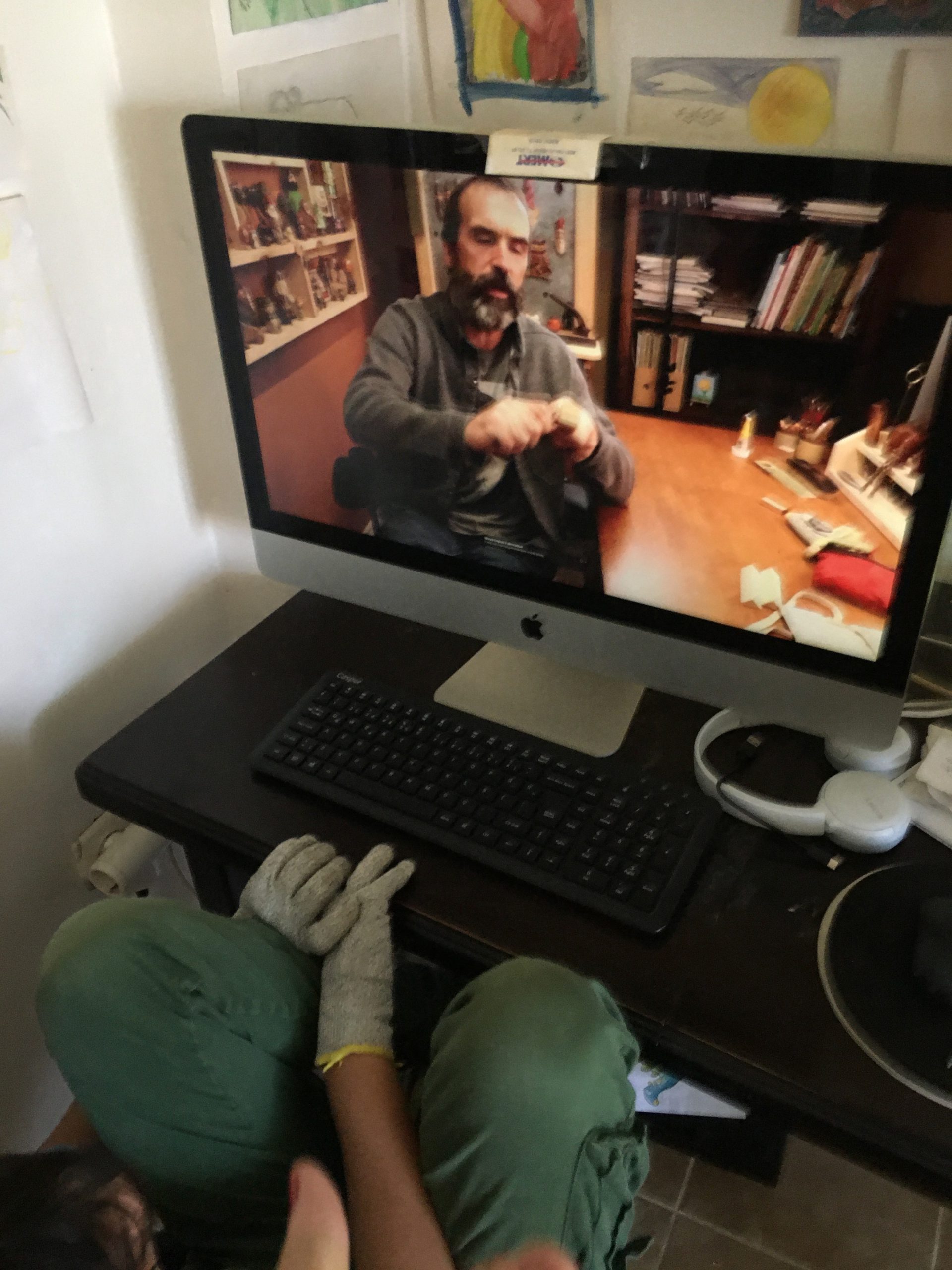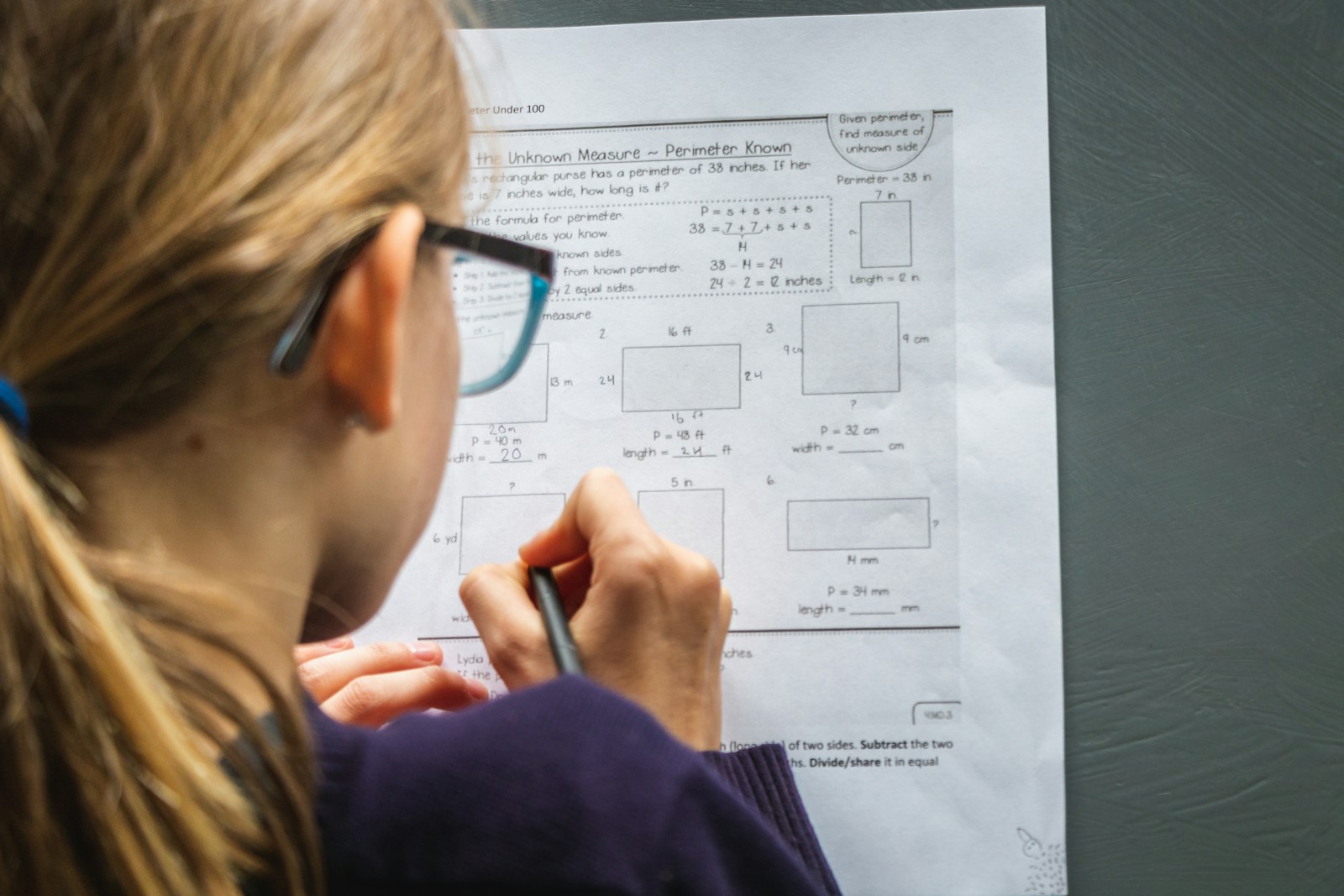
You’re going to teach it – they’re going to learn it
Home education is a team commitment.
Ultimately the decision to home educate is yours not your children’s, but just as choosing a school to attend would involve asking their opinion, opting for home-ed should be an education choice they’re happy with (once they’re old enough to understand on any level what home-ed vs school means). It’s a commitment and a responsibility that runs smoothest if everyone is onboard with the plan. Home education needs teamwork and teams work best when everyone understands their role, commitments and responsibilities and purpose.
When our homeschoolers were younger, we’d craft a Homeschool Contract at the start of every term. We’d talk beforehand about the curriculum choices (wherever possible giving them options, like with choosing which magazine subscriptions to choose or which maths app to download etc).
We’d ask them what they wanted to learn (eg. the solar system/vehicles, coding) and what they wanted to read, then schedule those choices and book lists into our home-ed timetable.
We agreed on schedules according to what aside from ‘school’ life involved at the time and included responsibilities for daily tasks (cooking/cleaning/gardening etc) in the contract. They’d make parchment from tea-soaked paper, sign with a Harry Potter quill and we’d blu-tac the contract to the wall somewhere in the ‘classroom’ space.
Benefits of a homeschool contract
- It means home learners know which subjects they’ve committed to study and what your (teacher/parent) expectations are
- A ‘contract’ gives them the opportunity to set their own self-led learning goals and have those goals recognised and validated
- Explains how free time in the school day can be used – ours simply says ‘free time must be used productively’, so utterly vague and yet surprisingly effective at encouraging them toward independent project learning.
- A contract lays out any daily/weekly/termly academic targets that ‘the home-ed team’ is working to achieve.
A homeschool contract lays out the ground rules for the home-ed ‘classroom’, lets the homeschoolers know what’s expected from them – in much the same way as a school handbook would – and also makes it a little bit easier to talk to your children about school as a parent as well as a teacher: The contract is a promise to you (their parent) that they will stick to the teacher’s rules; broken contracts can be dealt with in teacher-mode before parent-mode has to switch on. Again, a useful tool to balance the home and school sides of home education.
Writing a Home Education Contract :
Figure out what your non-negotiables for a school day are. That may include beginning the day at a certain time, bringing pencil cases to a dedicated lesson table, completing a certain number of pages of copywork, finishing all school work assigned via an online classroom app, reading for a set period of time or simply making sure to file work correctly after lessons.
We approach ‘lesson time’ as a routine rather than a scheduled timetable and the non-negotiables on our contract look like this:
- Core Subjects must be completed before any other activity is started.
- Projects must be completed in the timeframe agreed upon
- At least one hour of every day must be spent reading independently
- Free time must be spent productively.
So at the moment, that means the elder boys (12 & 10) know that every morning they must:
- Complete 45 minutes (or a specific module) of IXL & any additional maths worksheets assigned
- Complete whatever written work has been set (they’re bilingual so this could be in either language and may be an ongoing project or a standalone task)
- Complete their additional language lessons (via Duolingo / Coffee Break Languages / textbooks/ worksheets as agreed)
The benefit of assigning a routine rather than a schedule is it allows for timings to shift to accommodate life. If we need to be out in the morning, ‘school’ starts when we’re home and follows the same pattern as any other day. Everyone knows where we are in the day based on what’s been completed or not.
After lunch we read aloud (no specified time limit, just for as long as everyone’s attention holds -and as long as the toddler allows us) and they continue exploring the assigned science topic of the week/month for an hour or so – this might be watching an episode of a relevant programme/documentary, delving into a textbook, practical experiments etc.
And then they’re free to do what they choose, keeping in mind #4 of the homeschool contract.



A home education contract gives children a certain level of autonomy over their learning experience, prevents niggles about who should be doing what & when, and can help you, as an educator, keep the homeschool on track to achieve the learning goals set for the year.
It doesn’t have to be detailed, doesn’t have to be framed on the wall and doesn’t have to form any contract outside a verbal promise with your children, but it is a simple tool to recommit and refocus everyone on the education journey you’ve collectively chosen. We no longer get out quills and frame contracts but we continue to take time to set learning goals and plan a path to achieve them: Using the contract idea to formulate these plans makes everyone individually responsible for their own home-ed role.



